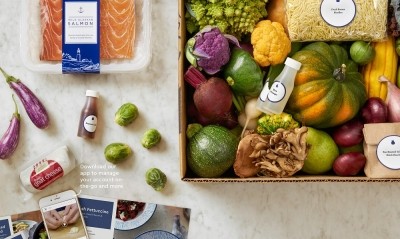HelloFresh 'well ahead of pre-pandemic levels', adds 3.5 million new global customers

Active customers across the group increased from 4.18 million active customers in Q2 2020 to 7.68 million customers in Q2 2021 (three months ended June 30, 2021).
In the US, total active customers jumped 92.9% (which includes the company's acquisition of fresh meal delivery service Factor in late 2020) in the past year to 3.82 million in Q2 2021, up from 1.98 million during the same period last year. Active customers were also up on a quarterly basis from 3.69 million in Q1 2021.
However, average order value for its US customer base was down -8.1% year-over-year.
Commenting on the company's recent growth, which it said is "well ahead of pre-pandemic levels," HelloFresh co-founder and CEO Dominik Richter said:
“The second quarter of 2021 has been a strong success for HelloFresh. We delivered very meaningful growth across both segments, despite a tough benchmark, given that Q2 2020 was probably the peak lock-down quarter.”
Plans to increase production capacity and expand the company's TAM (total addressable market) are well underway including a launch of Green Chef in Norway and the UK as well as extending offerings in the US with high-quality curated add-ons, added Richter.
"With the introduction of HelloFresh Market in the US and its successful ramp up in the Benelux, HelloFresh is capturing a higher share of its customers' in-house food budget and raising average order values."
The company also shared that its plans to ramp up production capacity are on track with the opening of two new fulfillment centers in Irving, Texas, and Abbotsford, Canada in Q2 2021, and the announcement of three further fulfillment centers in the US, Australia, and Germany, which are set to start operations in the course of 2021 and 2022.
As a result of the stronger-than-expected results, HelloFresh updated it full year 2021 outlook to a projected revenue increase of 45%-55%, up from its previous estimate of 35%-45%.
"Given the stronger than initially anticipated growth in 2021 and to be well-prepared for 2022 and beyond, the company is accelerating the ramp-up of its production capacity and therefore planning higher than initially anticipated fulfillment expenses in 2021, primarily due to initially lower productivity and underutilization in new production sites."




















